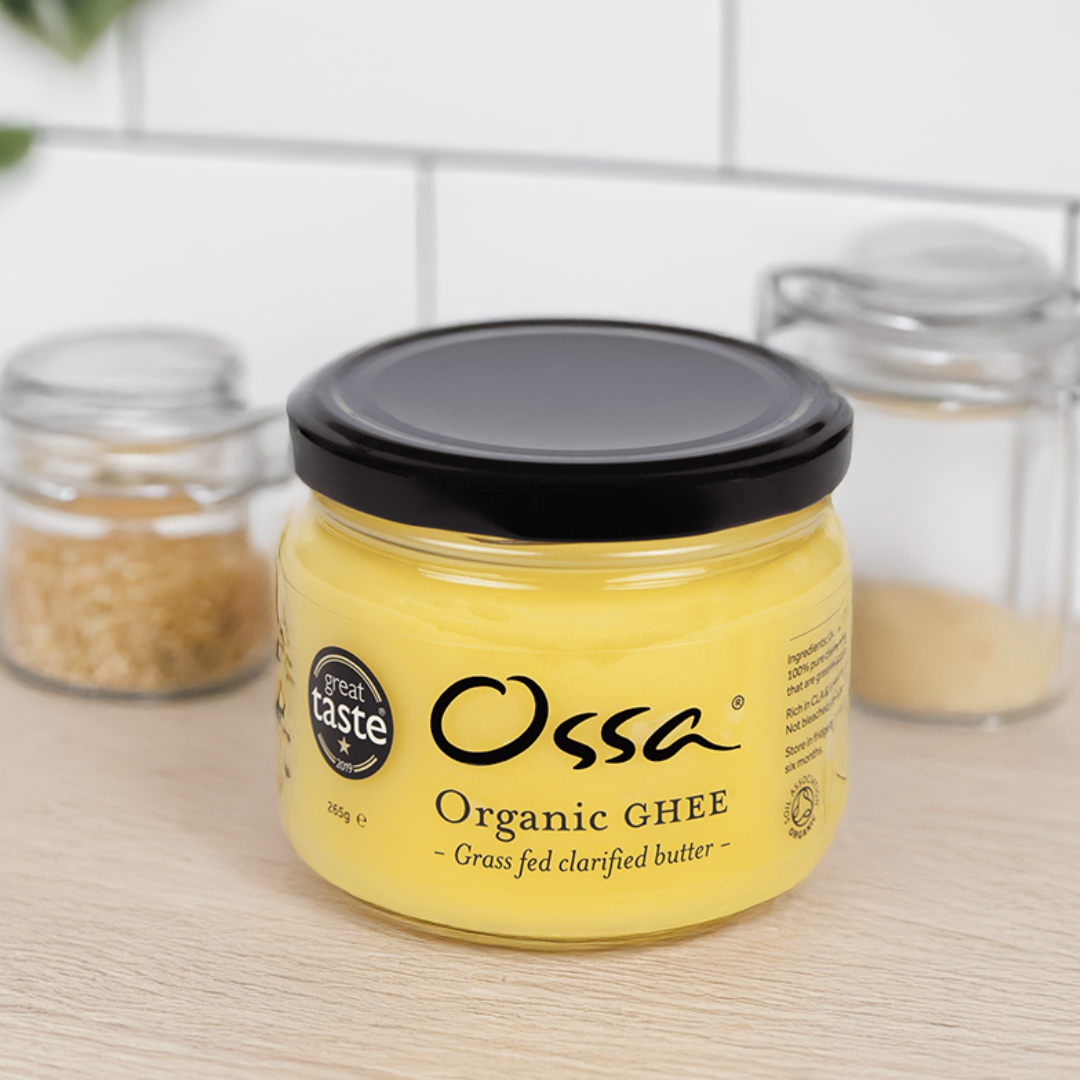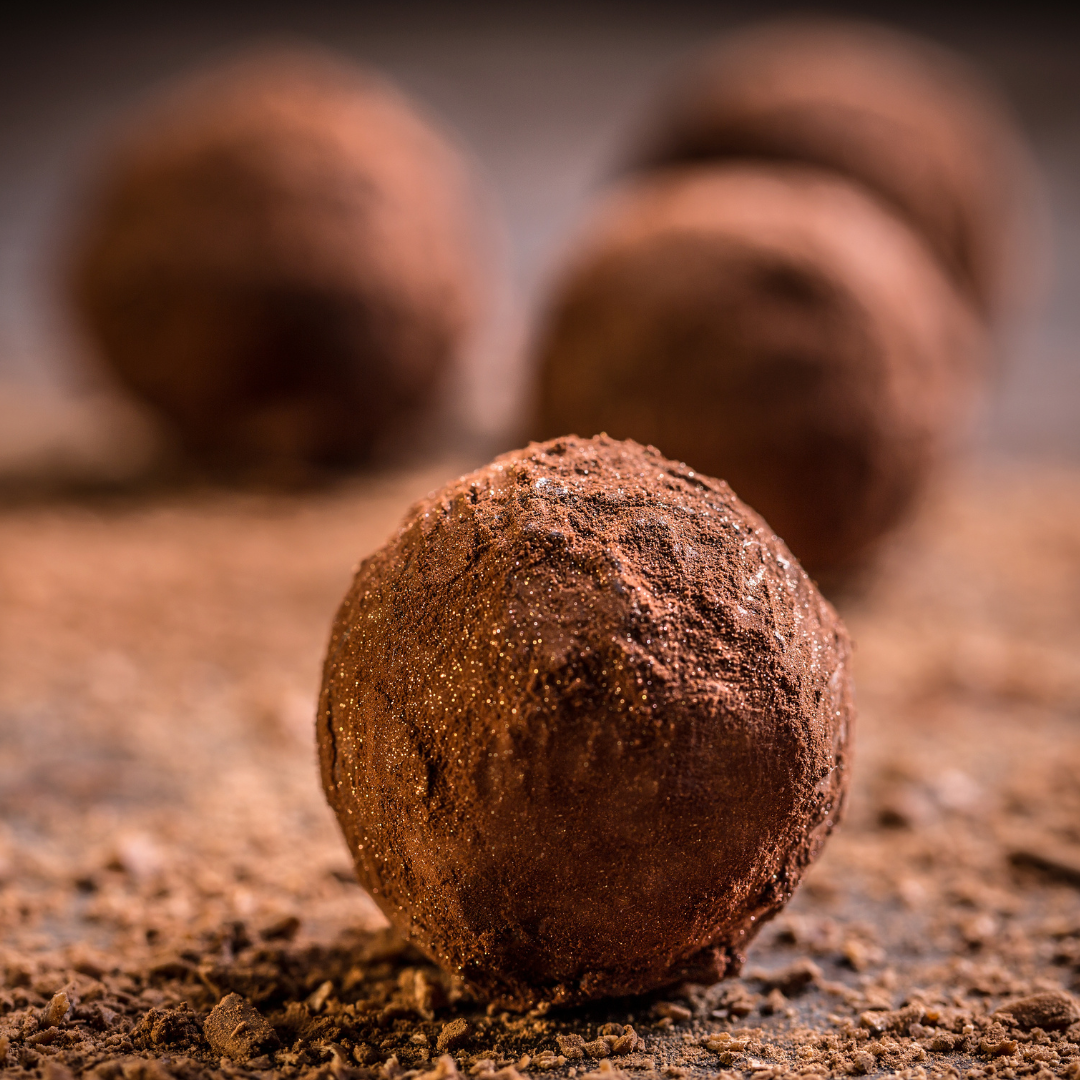In a world where modern cooking is often defined by speed and convenience, returning to time-honoured ingredients that nourish and support long-term health has never felt more essential. Among the many pantry staples experiencing a renaissance in recent years, ghee stands out. Known for its rich, buttery flavour, versatility in the kitchen, and impressive nutritional profile, ghee is a staple that bridges traditional wisdom with contemporary wellness.
We believe in crafting food as nature intended. Our pure ghee is lovingly made in small batches, using traditional methods to retain its nutrient density and unmatched depth of flavour. In this blog, we explore the many reasons why ghee, particularly our grass-fed, slow-cooked version, outperforms butter and other common cooking fats in today’s kitchens.
Understanding Ghee: A Traditional Fat Reimagined
Ghee originates from ancient culinary practices, most notably in South Asian cooking. Traditionally made by simmering butter to remove water and milk solids, what remains is a golden, shelf-stable fat with a rich aroma and nutty taste. Our ghee follows a time tested recipe that gently clarifies organic, grass-fed butter, preserving the nutrients while eliminating lactose and casein. This makes it suitable for many people who struggle to digest dairy.
Though ghee has been used for centuries, its relevance today is profound. With rising interest in lactose-free, gut-friendly, and heat-stable cooking fats, ghee is more than a heritage product it is a smart, modern choice.
The Difference Between Ghee and Butter
At a glance, ghee and butter may seem similar, but their differences lie in composition, preparation, and benefits. Let’s break it down.
|
Feature |
Butter |
Ghee |
|
Contains Lactose |
Yes |
No |
|
Contains Casein |
Yes |
No |
|
Smoke Point |
~150°C (low) |
~250°C (high) |
|
Shelf-Stability |
Requires refrigeration |
Stable at room temperature |
|
Flavour |
Creamy, slightly tangy |
Rich, nutty, caramel-like |
|
Cooking Versatility |
Limited at high heat |
Excellent for all cooking types |
Butter retains water and milk proteins, which make it prone to burning at high temperatures. Ghee, on the other hand, is purified. It is less likely to oxidise or degrade, making it a more stable choice for frying, roasting, or sautéing. For anyone seeking a cooking fat that won’t break down under heat or compromise flavour ghee is a natural winner.
Health Benefits of Ghee
The benefits of ghee are multifaceted, making it not just a functional fat, but a deeply nourishing one. Here are several key health advantages:
1. Lactose- and Casein-Free
Ghee is ideal for people with lactose intolerance or dairy sensitivities. The slow clarification process removes nearly all milk sugars and proteins. This means those who typically experience discomfort after consuming butter can often enjoy ghee without issue.
2. High Smoke Point
Our ghee has a smoke point of approximately 250°C. This means it remains stable at high heat, making it ideal for frying, roasting, or high-temperature baking. Fats that break down under heat can create harmful compounds. Ghee avoids this issue, supporting healthier cooking practices.
3. Rich in Fat-Soluble Vitamins
Ghee is a natural source of vitamins A, D, E, and K nutrients that support immune function, bone health, and skin regeneration. These vitamins are fat-soluble, meaning they require a fat source for optimal absorption. Ghee not only delivers these nutrients but also enhances the absorption of others in your meals.
4. Supports Digestive Health
Ghee contains butyrate, a short-chain fatty acid that plays a role in gut health. Butyrate helps support the intestinal lining, reduce inflammation, and encourage the production of regulatory T-cells. This can be especially beneficial for those experiencing digestive discomfort or working to repair gut function.
5. Long Shelf Life
Unlike butter, which spoils quickly if left unrefrigerated, ghee can be stored at room temperature for months. This makes it an ideal pantry staple, especially for busy kitchens that value simplicity and readiness.
Cooking with Ghee: Versatile, Flavourful, Consistent
One of the best things about ghee is how easy it is to incorporate into your kitchen. It adds a rich, caramel-like flavour without overpowering dishes. Whether you are frying eggs, sautéing vegetables, roasting root vegetables, or even baking, ghee adds depth, silkiness, and warmth to your food.
Ways to Use Ghee:
-
Sautéing vegetables: Use ghee instead of oil for a deep, savoury base in stir-fries or curries.
-
Roasting meats: Ghee’s high smoke point ensures even cooking and crisp edges.
-
Spreading on toast: A nourishing alternative to standard butter, with a more complex taste.
-
In baking: Substitute ghee for butter in baked goods for enhanced richness.
-
Tossing with cooked grains: Add a spoonful to rice, quinoa, or millet for an instant upgrade.
Ghee vs. Other Cooking Fats
Beyond butter, many home cooks rely on oils like coconut oil, olive oil, and vegetable oil. Each has its uses, but when comparing ghee’s nutritional profile and functionality, it consistently stands out.
Unlike many seed and vegetable oils that are refined and stripped of nutrients, ghee is unrefined and naturally rich in both flavour and nourishment. It also does not leave a greasy aftertaste or dominate the dish, offering a clean, finishing note to everything from soups to desserts.
Ghee in Modern Lifestyles
While ghee has long held a place in traditional diets, it fits seamlessly into modern lifestyles, including:
-
Low-carb and keto eating
-
Paleo and ancestral diets
-
Ayurvedic-inspired routines
-
Gluten-free and dairy-light living
Ghee also pairs beautifully with fasting windows, supporting energy without spiking blood sugar. It is a staple for those who view food not just as sustenance, but as a cornerstone of health.
Environmental and Ethical Considerations
Our ghee is made from grass-fed, organic butter, supporting sustainable farming practices and animal welfare. The cows are raised on pasture, eating their natural diet, which enhances the nutritional quality of the butter and, ultimately, the ghee. This is an important consideration for those who want to align their food choices with their values.
Sustainable sourcing also contributes to a lower carbon footprint. Fewer processing steps and no refrigeration requirements mean ghee is both an ethical and eco-conscious kitchen essential.
Our Commitment to Quality
We take a thoughtful approach to every jar of ghee we produce. Our small-batch process means each spoonful is crafted with care, not rushed through industrial machinery. The result is a golden, aromatic product with layers of complexity and purity you can taste.
Our ghee is:
-
Slow-cooked to preserve nutrients and develop rich flavour
-
Tested for quality at every stage
-
Free from additives, preservatives, and unnecessary processing
-
Packaged in glass to preserve freshness and reduce plastic waste
Bringing Ghee into Your Daily Routine
Adding ghee to your daily routine can be effortless. It’s about using it intentionally as a base for cooking, a topping for finished meals, or even a spoonful stirred into hot drinks for a nourishing boost. Ghee supports everything from breakfast through to dinner, acting as a foundational fat that improves digestion, enhances taste, and contributes to overall wellbeing.
A Return to Purity
As the modern kitchen evolves, so does our understanding of what it means to cook well and live well. Ghee is more than a fad or fleeting trend it is a nutrient-rich, functional, and delicious staple that’s stood the test of time. And when it’s made with care, like our grass-fed, organic ghee, it becomes something extraordinary: a food that connects us to the past while serving our present needs.
Whether you’re seeking better digestion, a higher-performing cooking fat, or simply a more flavourful alternative to butter, ghee deserves a place in your pantry. Trust in the simplicity, the richness, and the power of purity.




